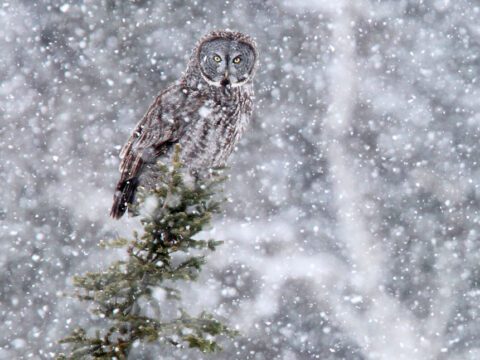An Eye for Beauty: Remembering Tom Johnson
January 4, 2024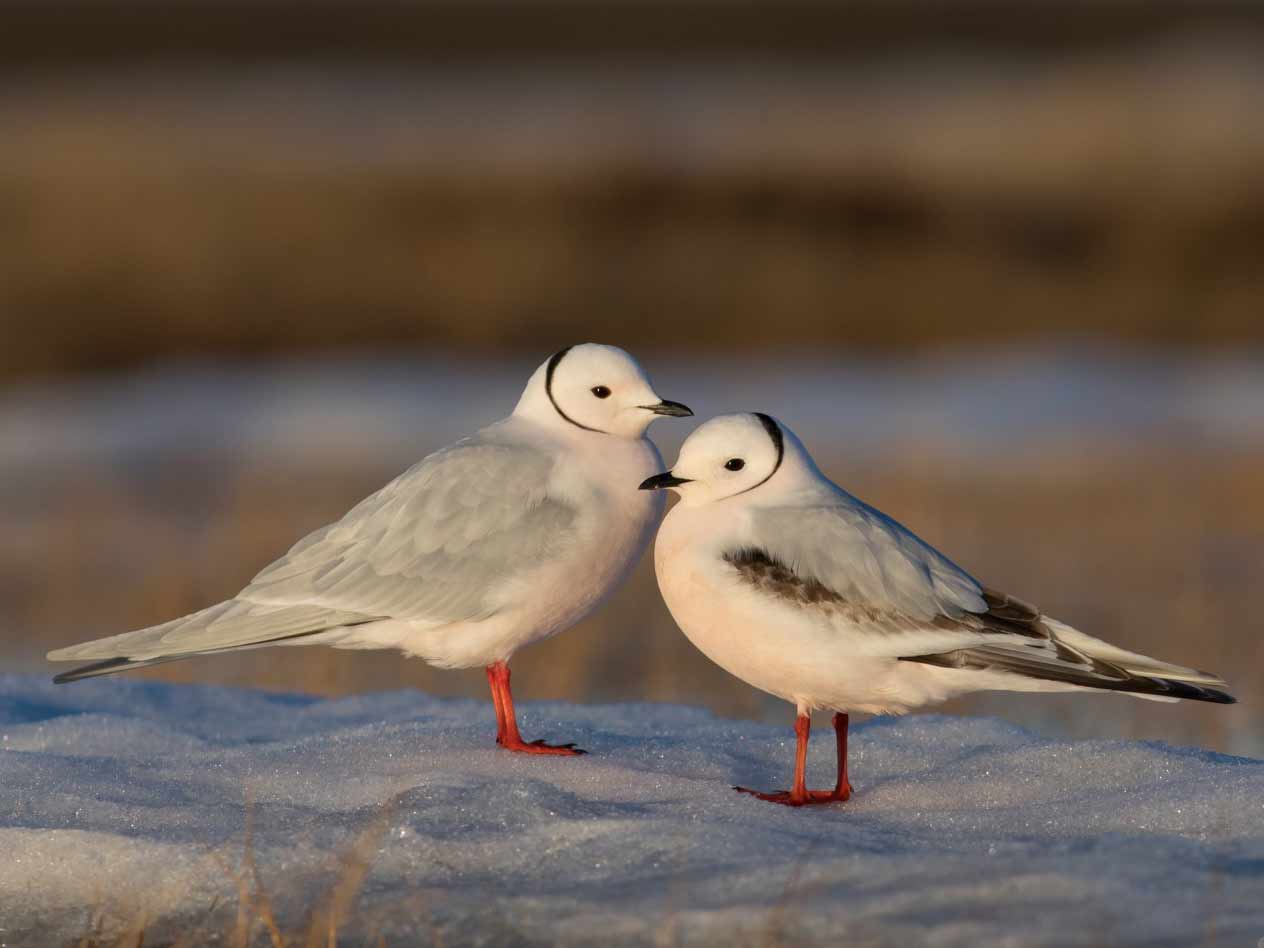
From the Winter 2024 issue of Living Bird magazine. Subscribe now.
In July 2023, the Cornell Lab of Ornithology community lost a dear friend and colleague when Tom Johnson passed away unexpectedly at the age of 35.
Tom’s extraordinary skills in photography, bird identification, and as a birding tour guide were driven by how much he loved being out in nature. Johnson generously contributed more than 10,000 photos, audio, and video recordings to the Cornell Lab over two decades, from his high school years through his 2010 graduation from Cornell University and beyond.
“Beyond his formidable skills and inspiring passion for birding, Tom was an even more outstanding person,” wrote Ian Owens, the executive director of the Cornell Lab. “His warmth, thoughtfulness, humility, and generosity of spirit made him an exemplary ambassador for birds and the natural world and a dear friend to many.”
An Eye for Beauty
“Tom had an easy, warm way about him, immediately making anyone he was with feel comfortable,” says Brian Sullivan, a Cornell Lab digital publications project leader and close friend of Johnson’s. “He had the kind of charisma that made others feel seen and heard. He would want us to keep seeing all the beauty around us—the heartbeat of the planet that he loved so much, the beauty that never escaped his eyes.”
All photos are by Tom Johnson. Tap/click links to view larger photos via their Macaulay Library archive page.
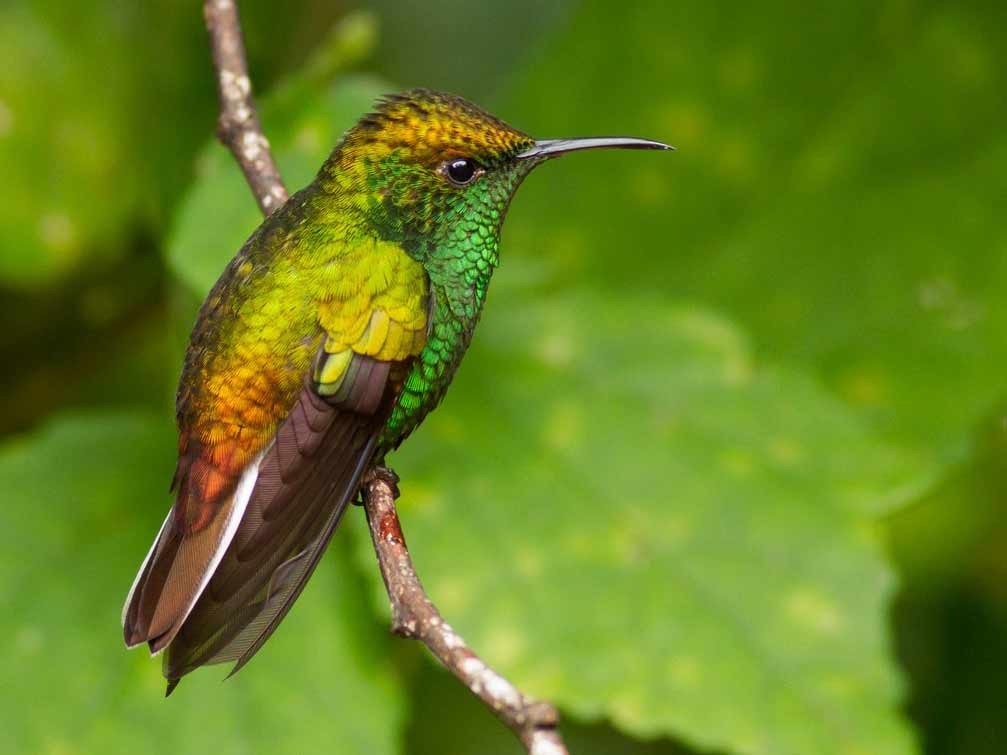
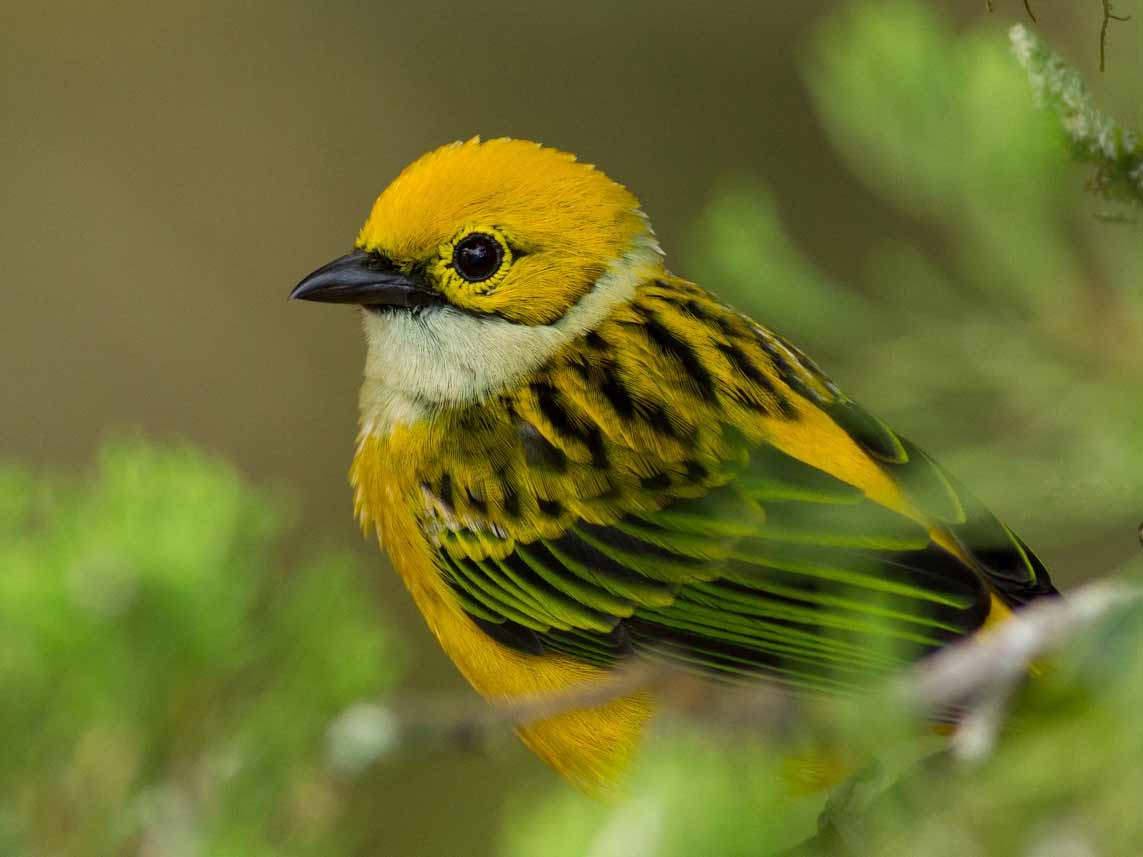
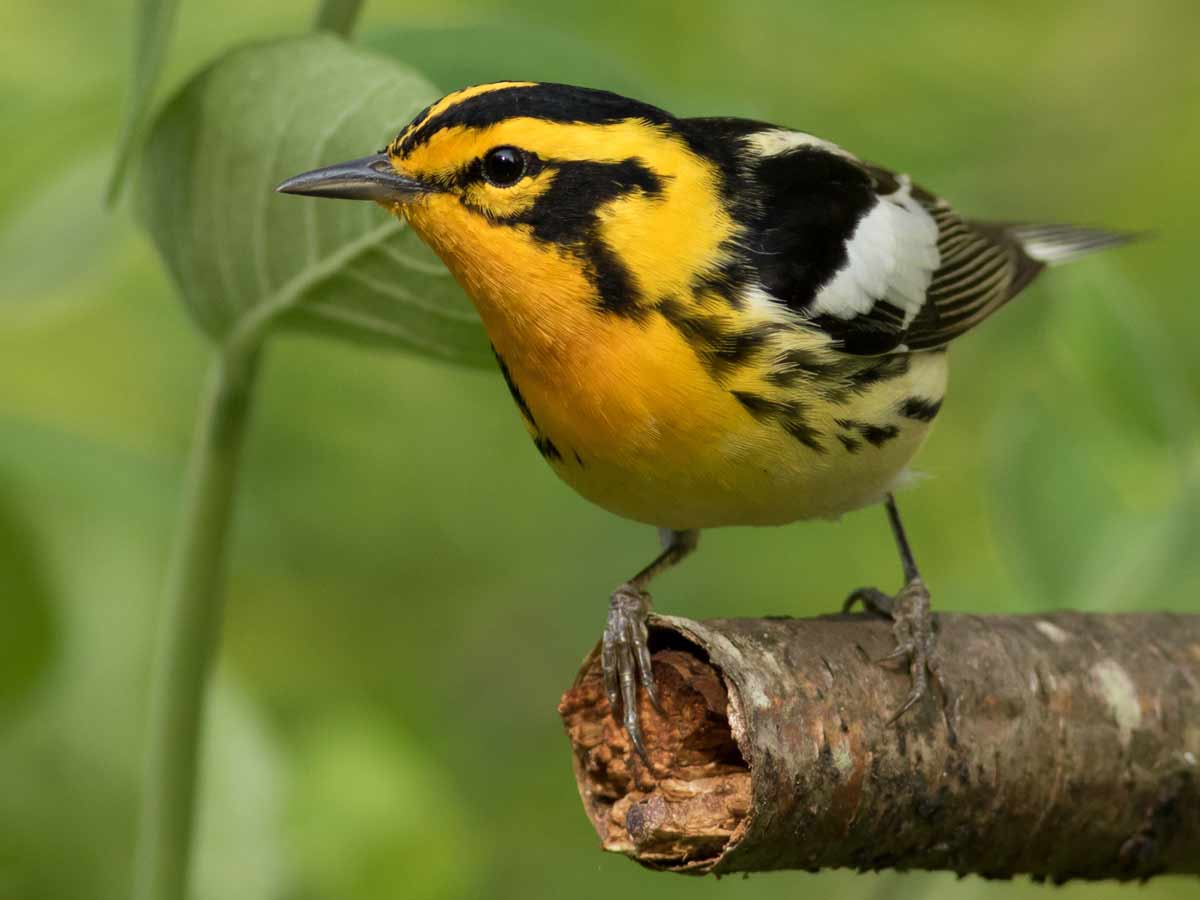
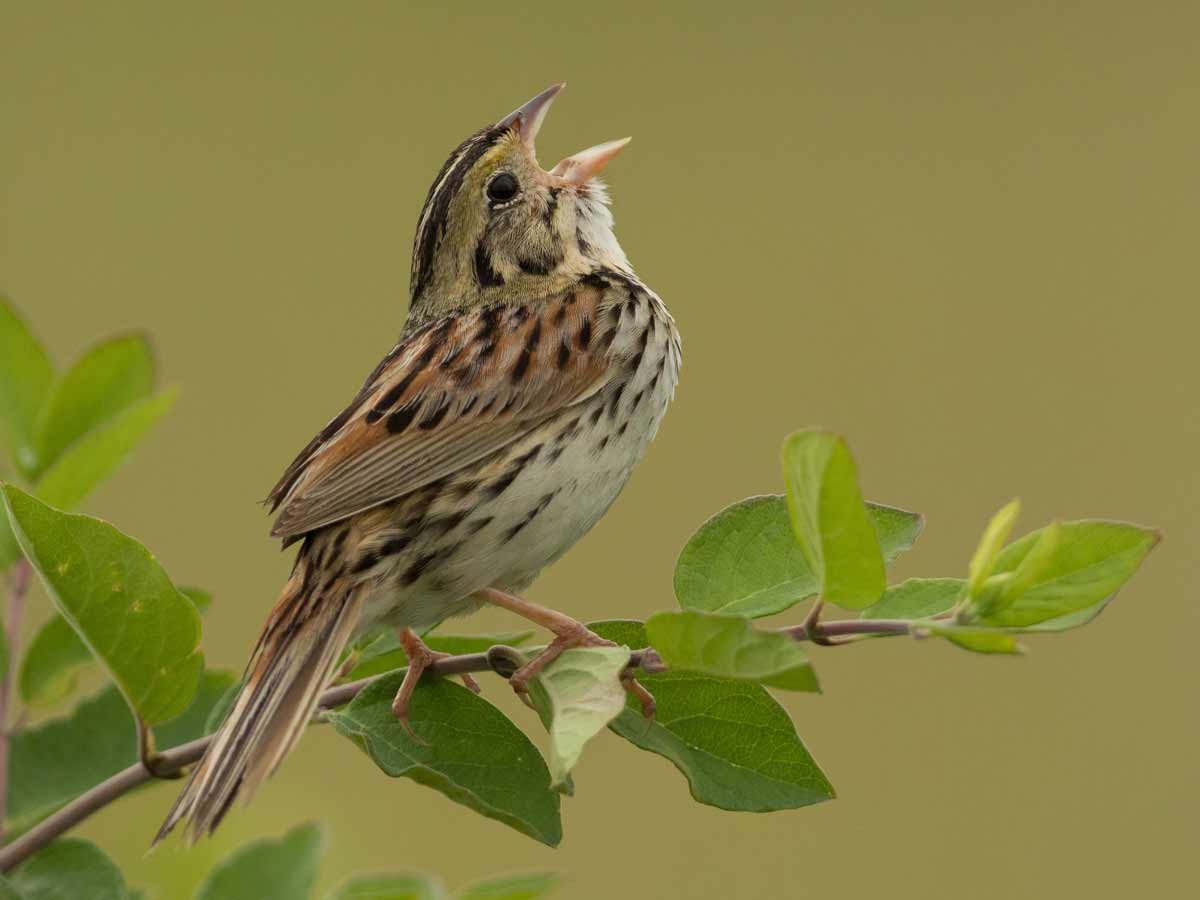
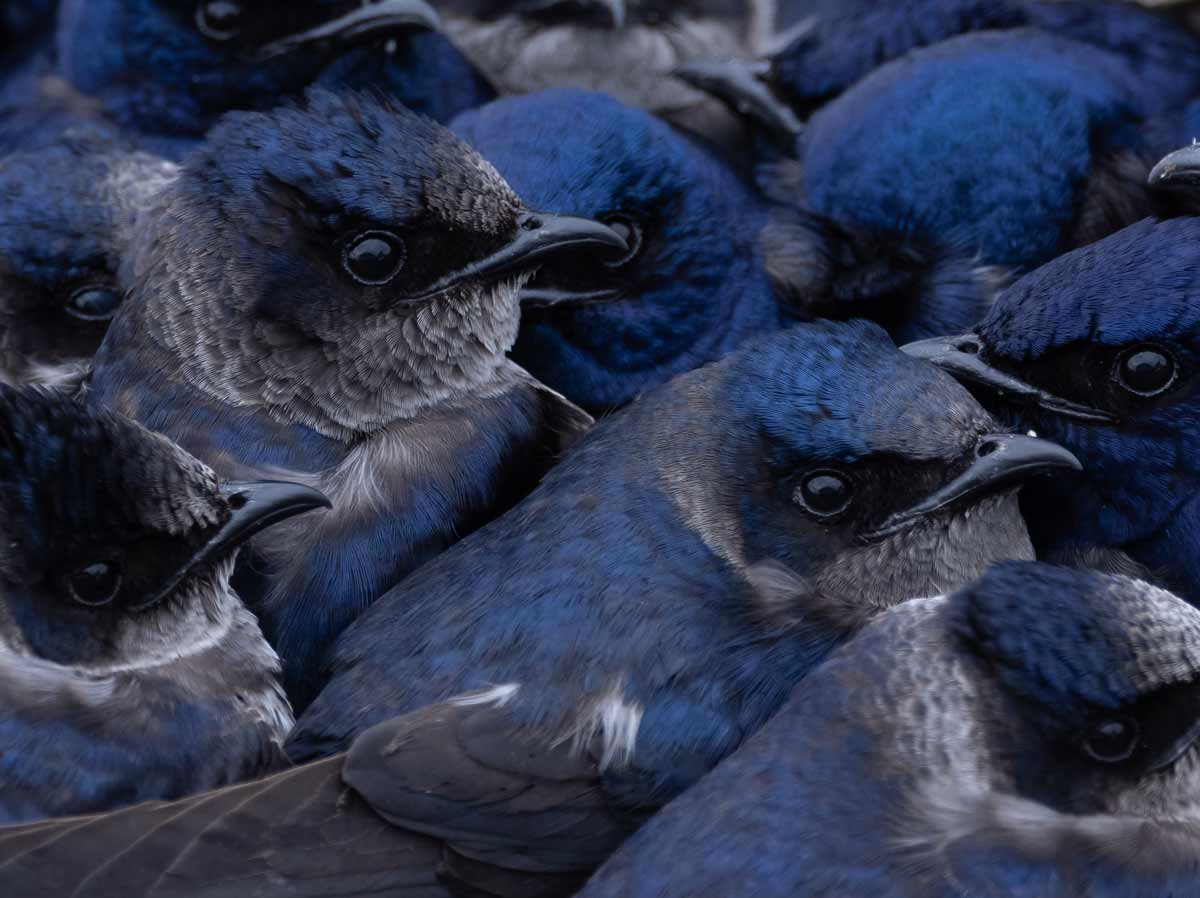
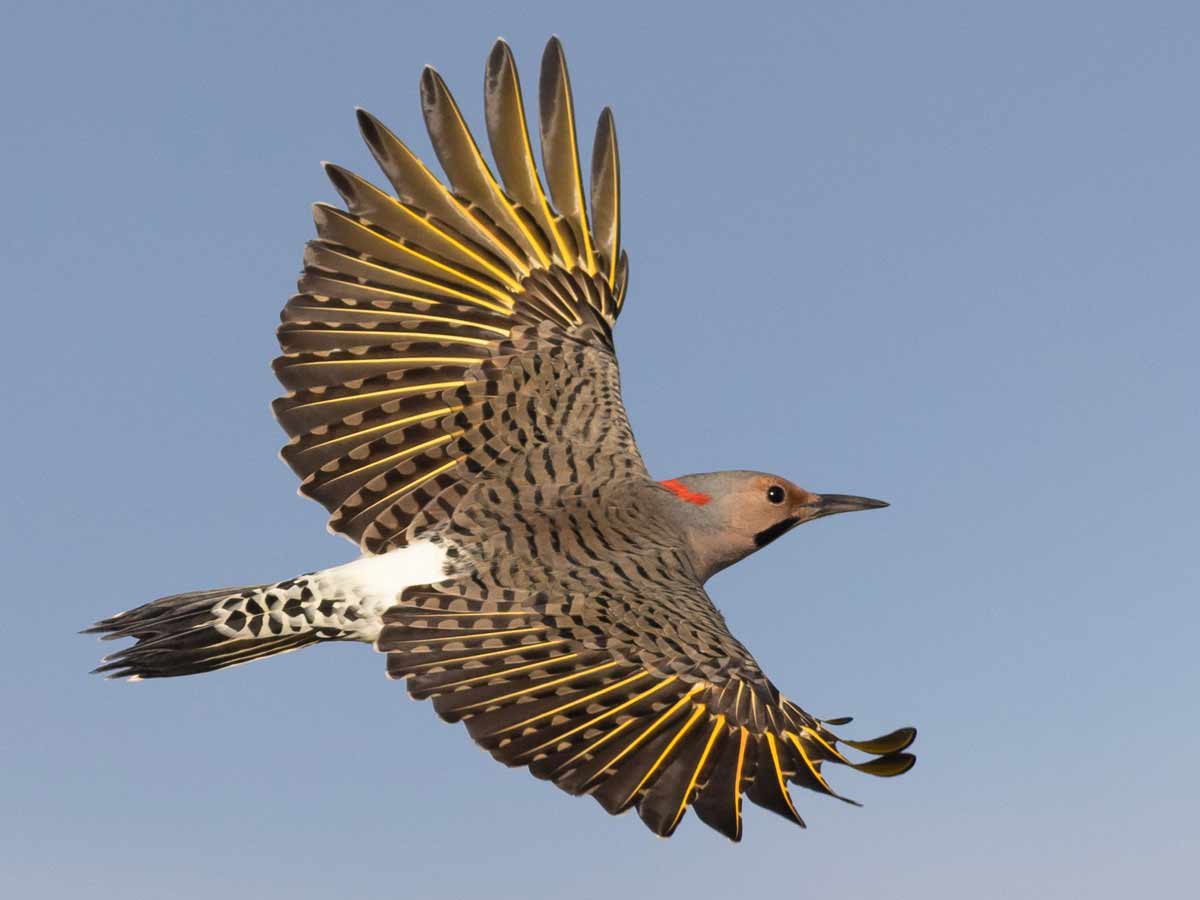
Warblers in Flight
From an early age, Tom seemed to possess a natural gift for taking bird photos. By the time he was an undergraduate at Cornell, in the late 2000s, he was already capturing split-second flight shots of tiny birds on the move against a limitless sky. None were more impressive than his warbler photos, many of them taken at dawn from the observation platform at Higbee Beach in his beloved Cape May, New Jersey. For most of us, getting a well-lit, well-focused flight shot of any kind is cause for celebration; over the years Tom captured brilliant flight shots of well over 20 warbler species, including seldom-seen treasures like Cerulean, Connecticut, and Golden-winged Warblers.
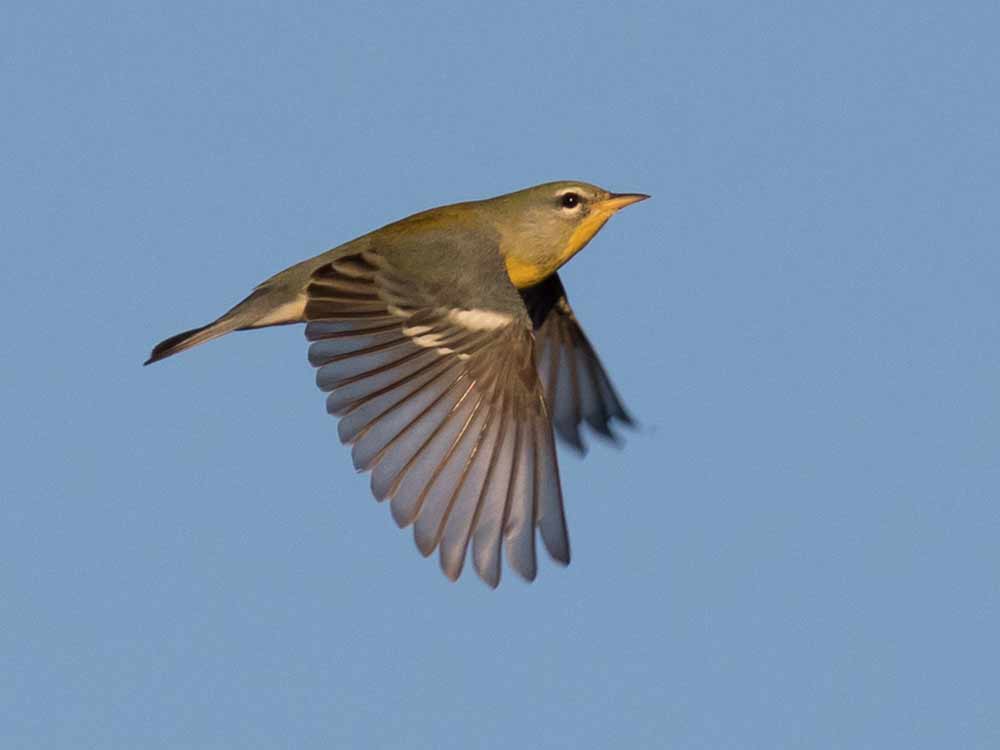
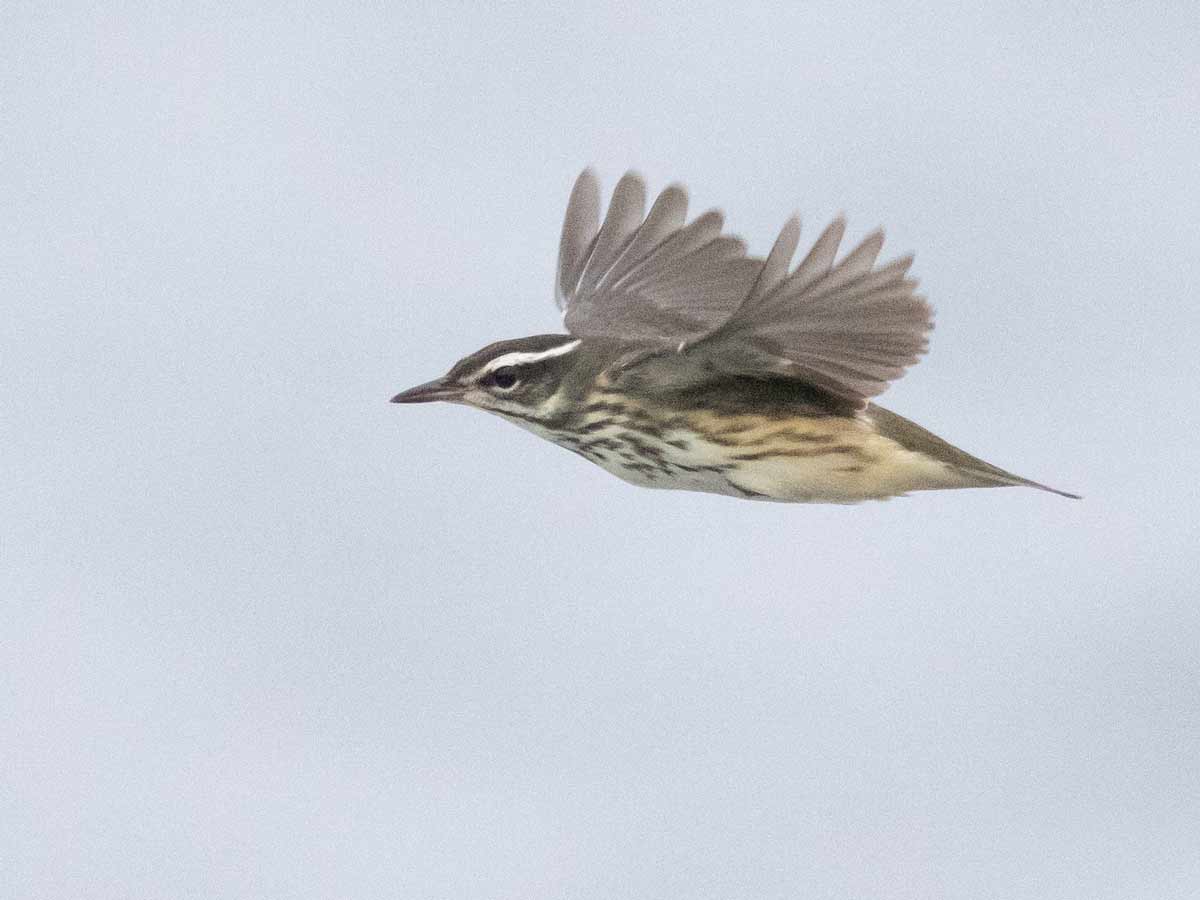
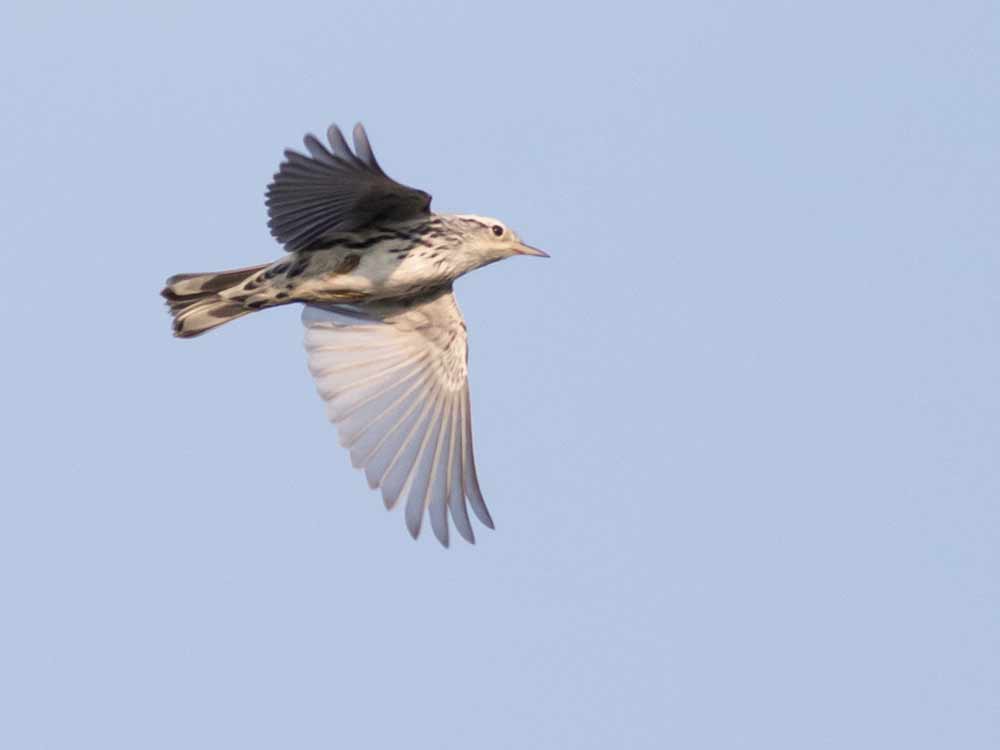
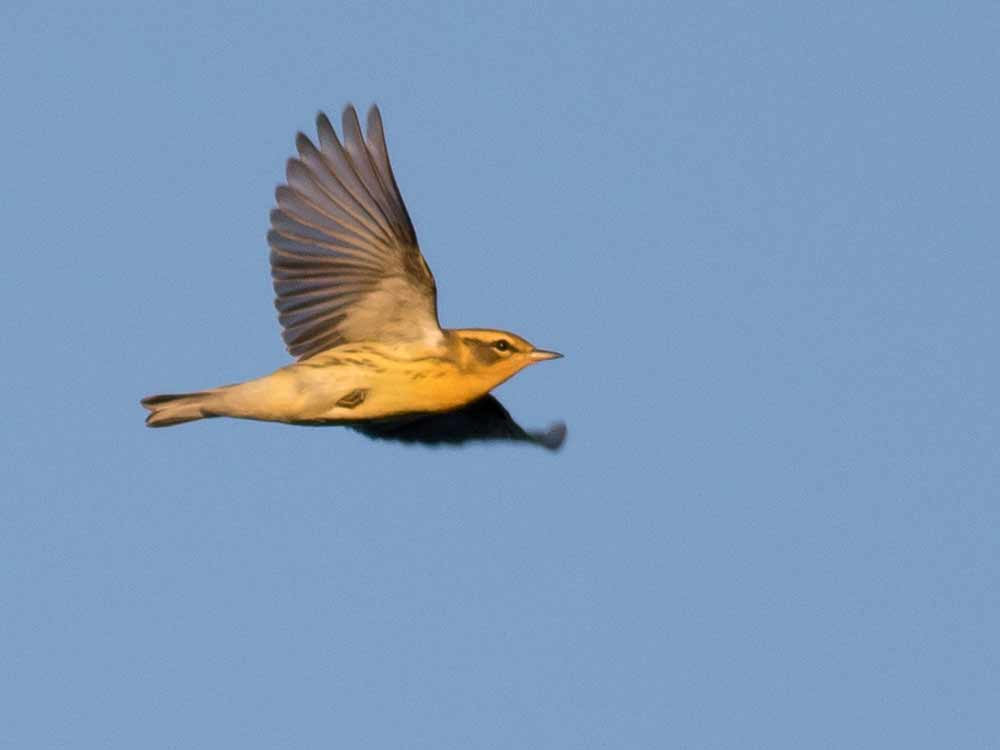
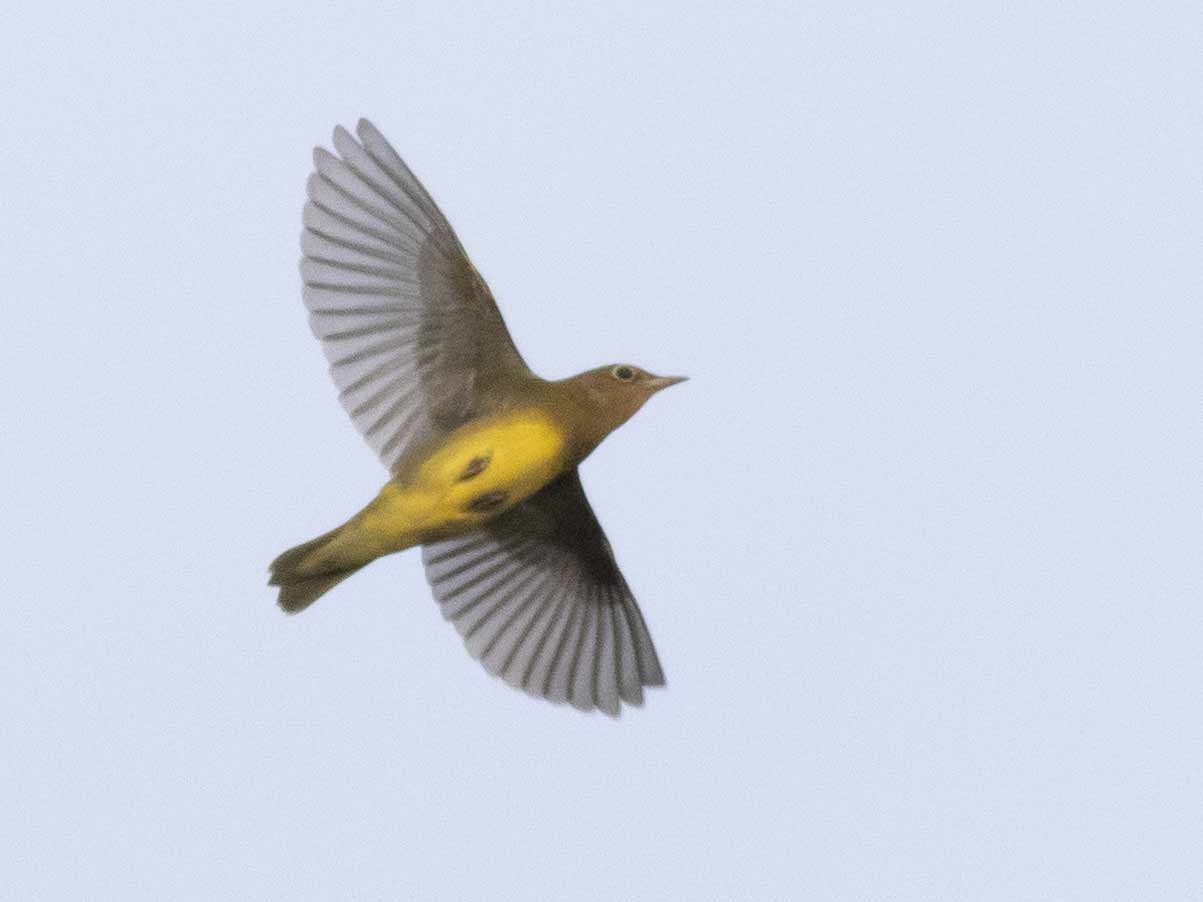
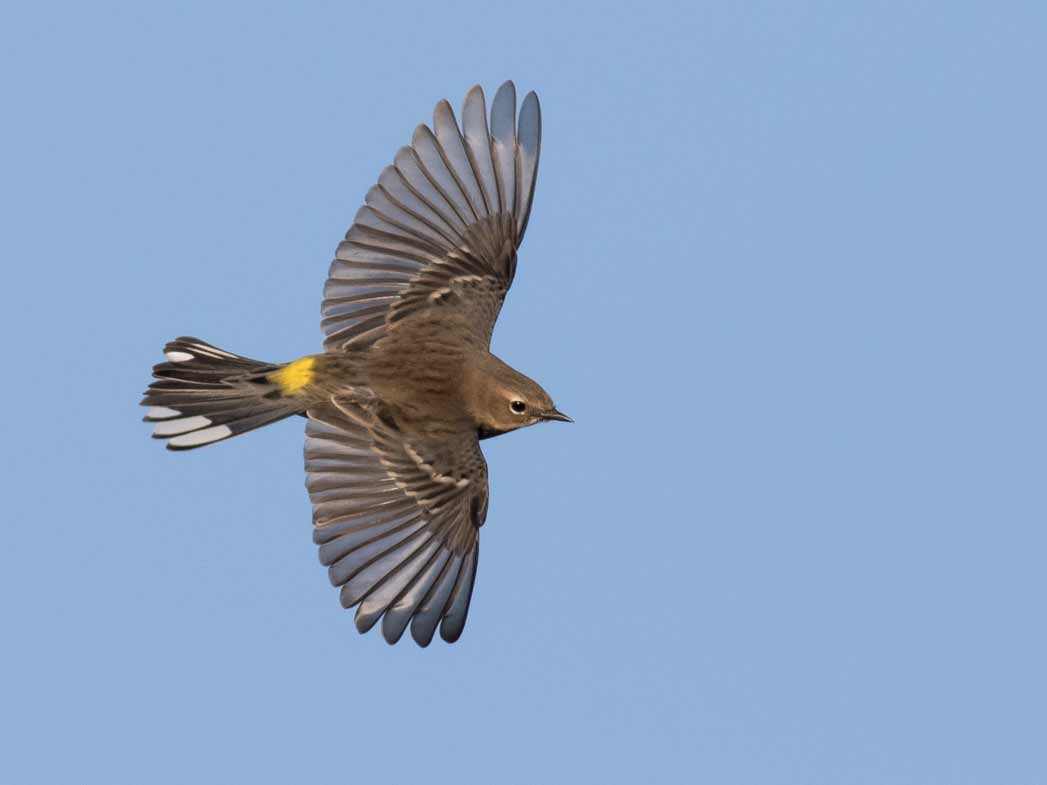
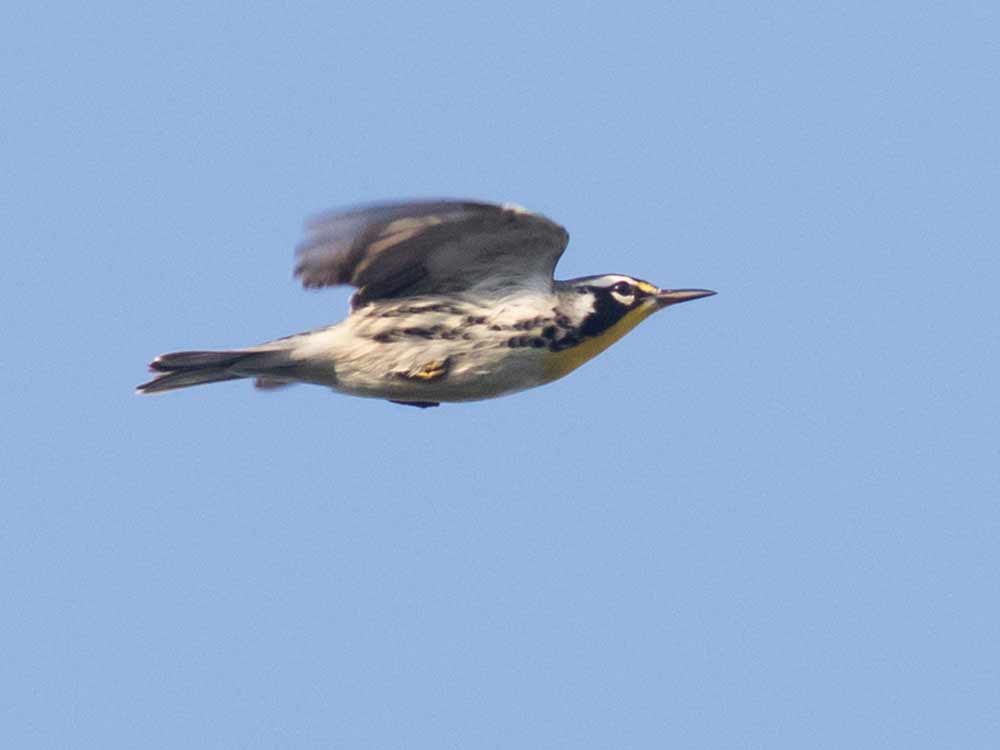
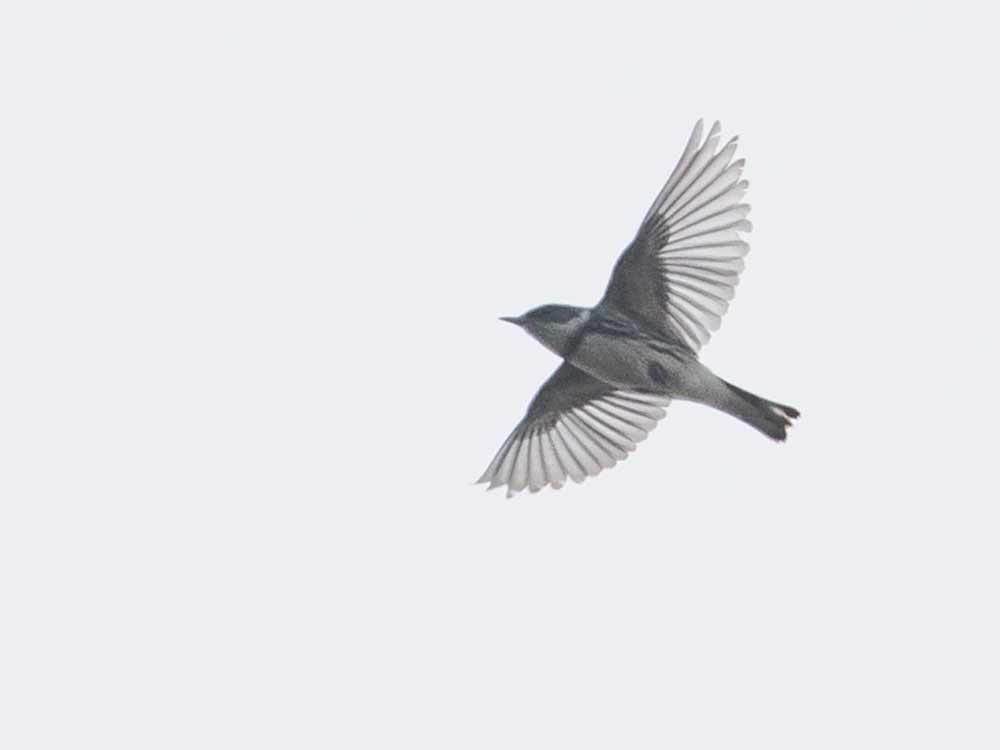
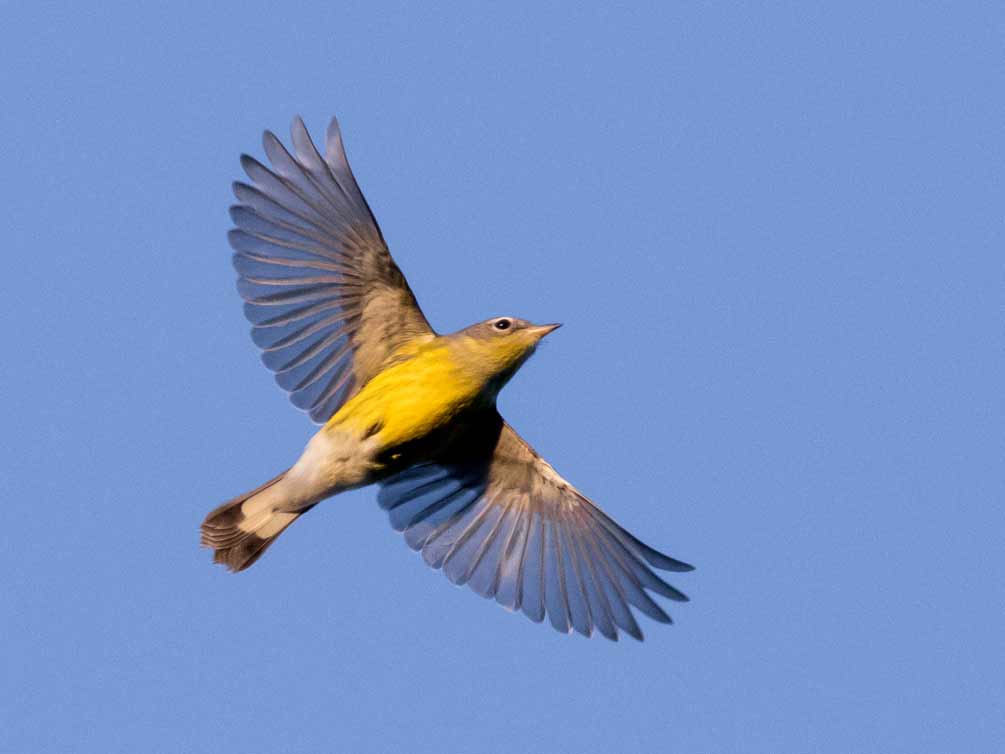
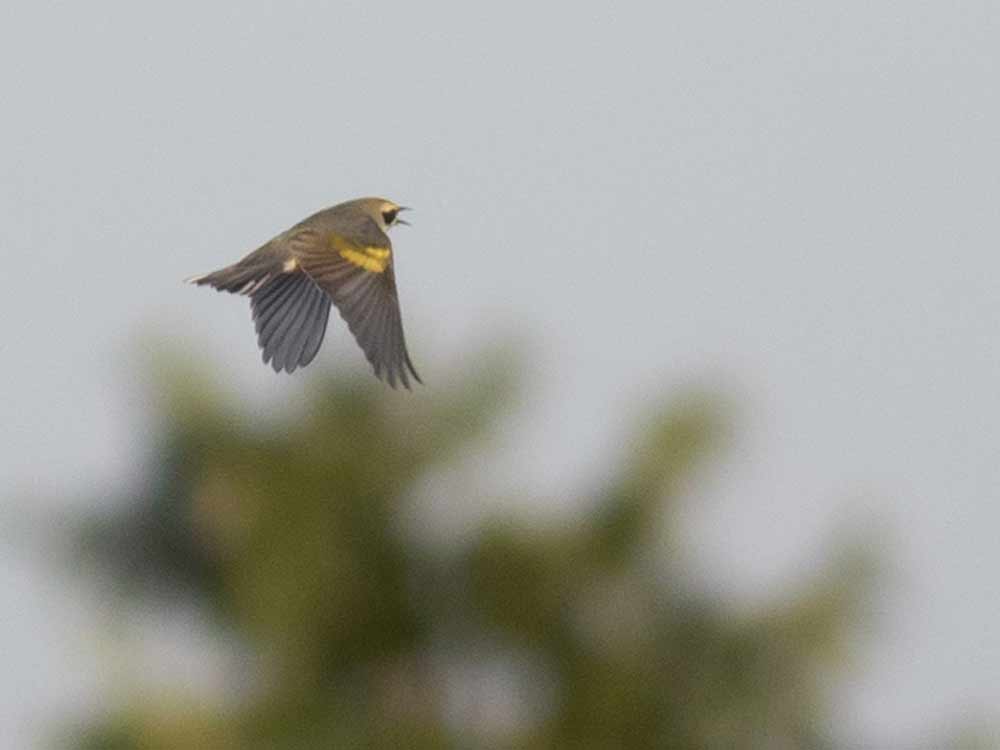
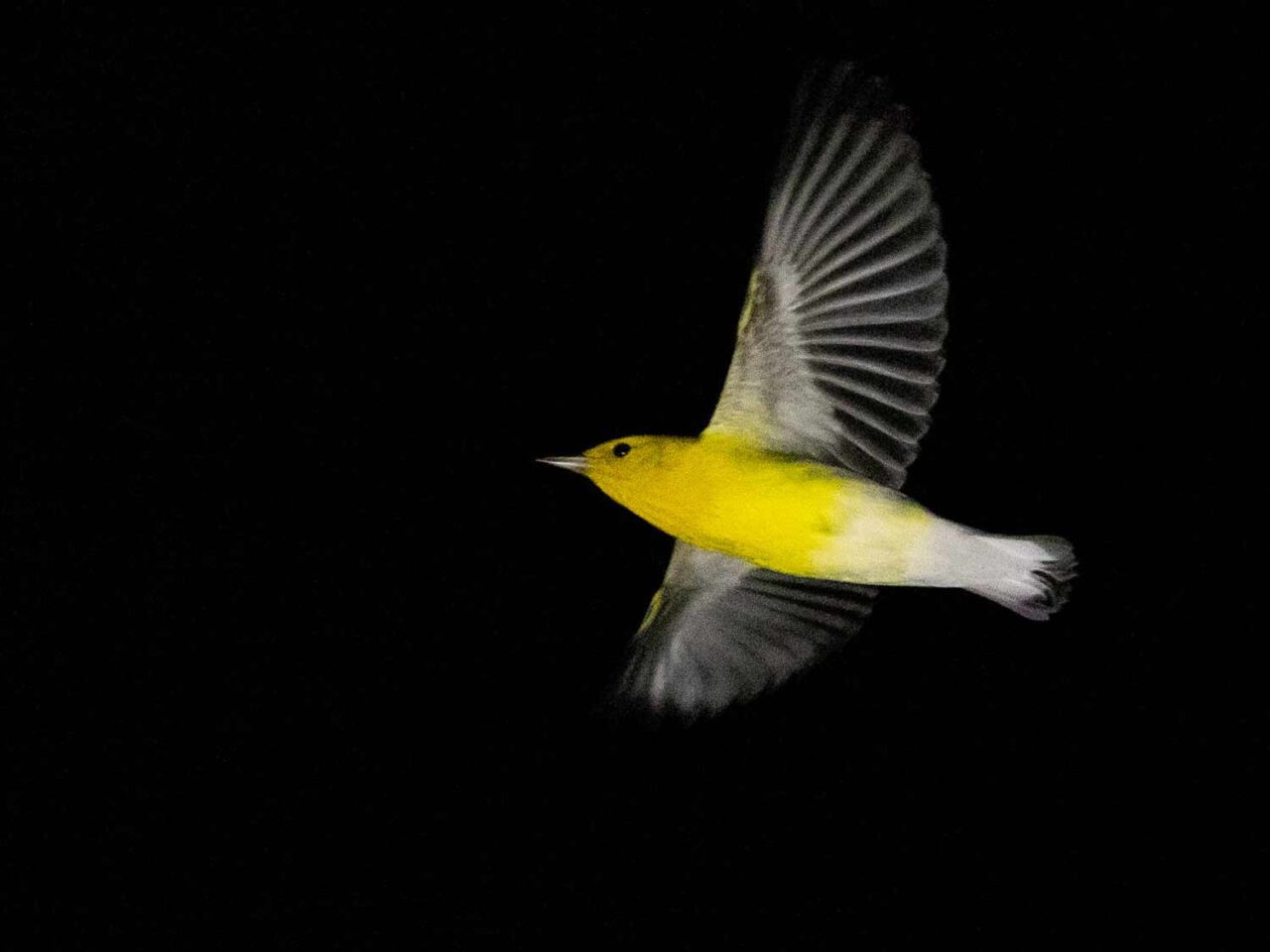
Perhaps the single best illustration of Tom’s personality, talent, and dedication is a photo of a Prothonotary Warbler he found in the middle of the night on a ship south of Nantucket, Massachusetts. As noted on an eBird checklist from the day, Tom heard the bird’s chip note in his sleep and woke up at 2:30 a.m. Taking his camera along to investigate, he ended up capturing this dramatic flight shot, in near-complete darkness, miles from land.
A Connection With Seabirds
For several years after Tom’s graduation he served as a seabird observer on NOAA research ships—an opportunity to sharpen his formidable observational skills with some of the bird world’s most notorious identification challenges. Tom was nicknamed “Albatross” by his Field Guides colleagues, and his affinity for these wide-ranging, restless, and ineffably graceful creatures is clear from the images he brought home. A bird like a Southern Royal Albatross may seem large, but against the endless sweep of a gray ocean even this massive seabird is a challenge to capture in a camera frame.
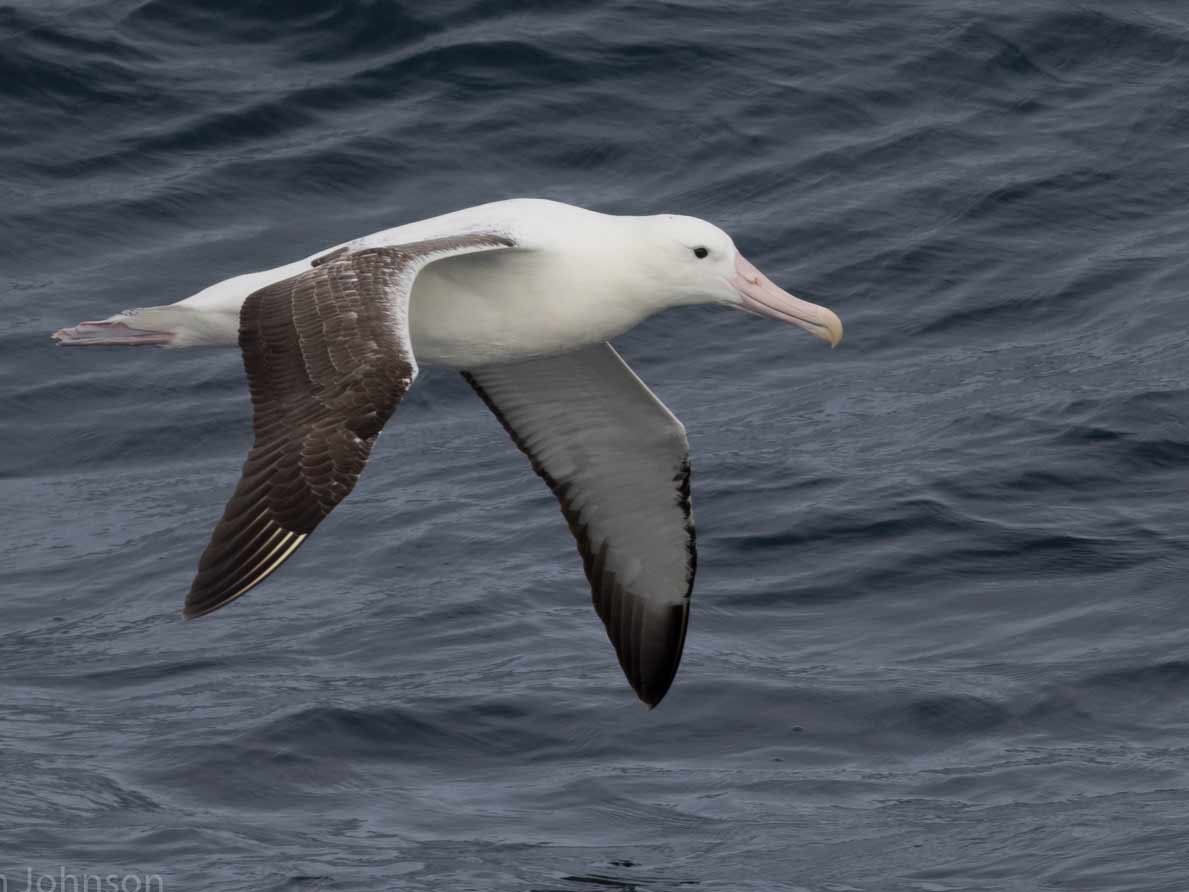
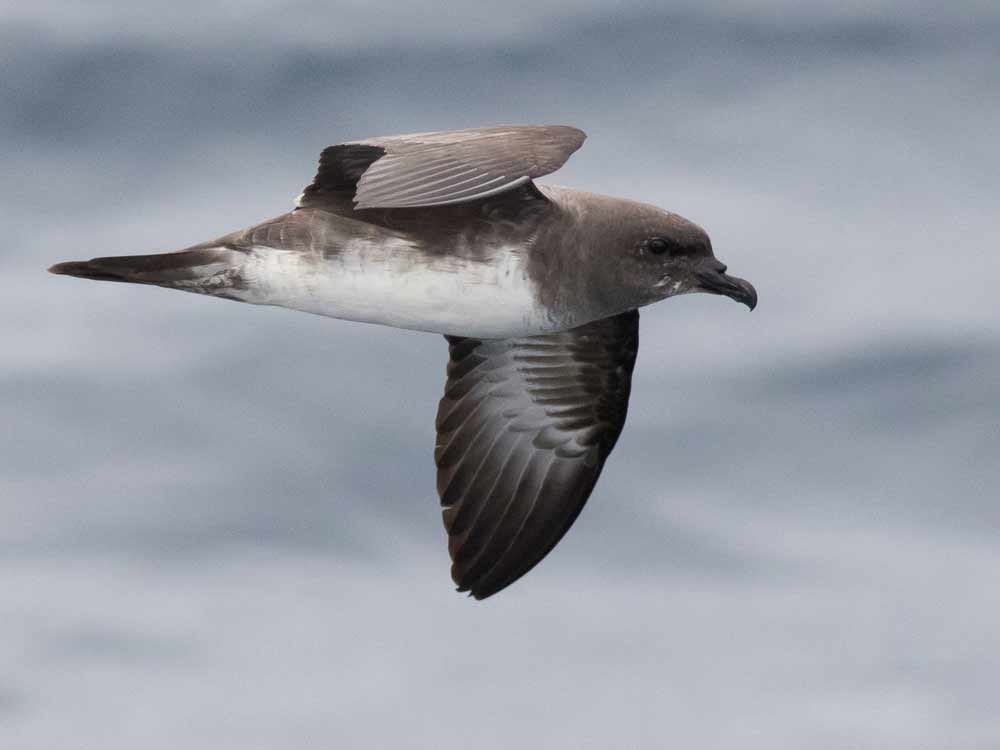
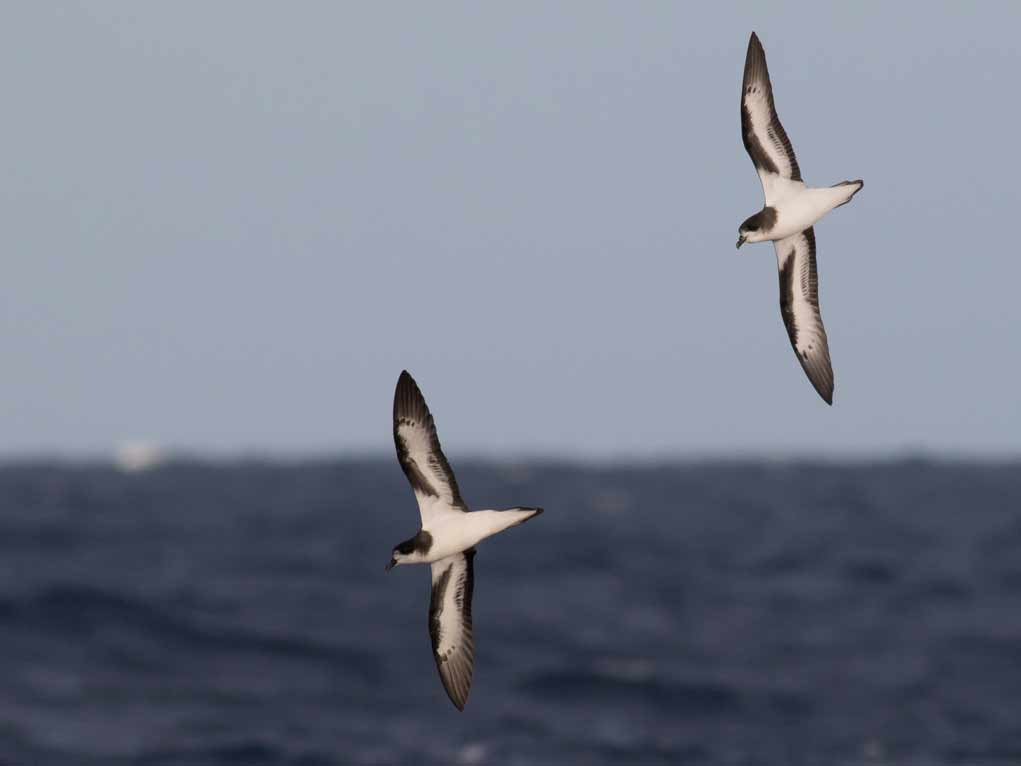
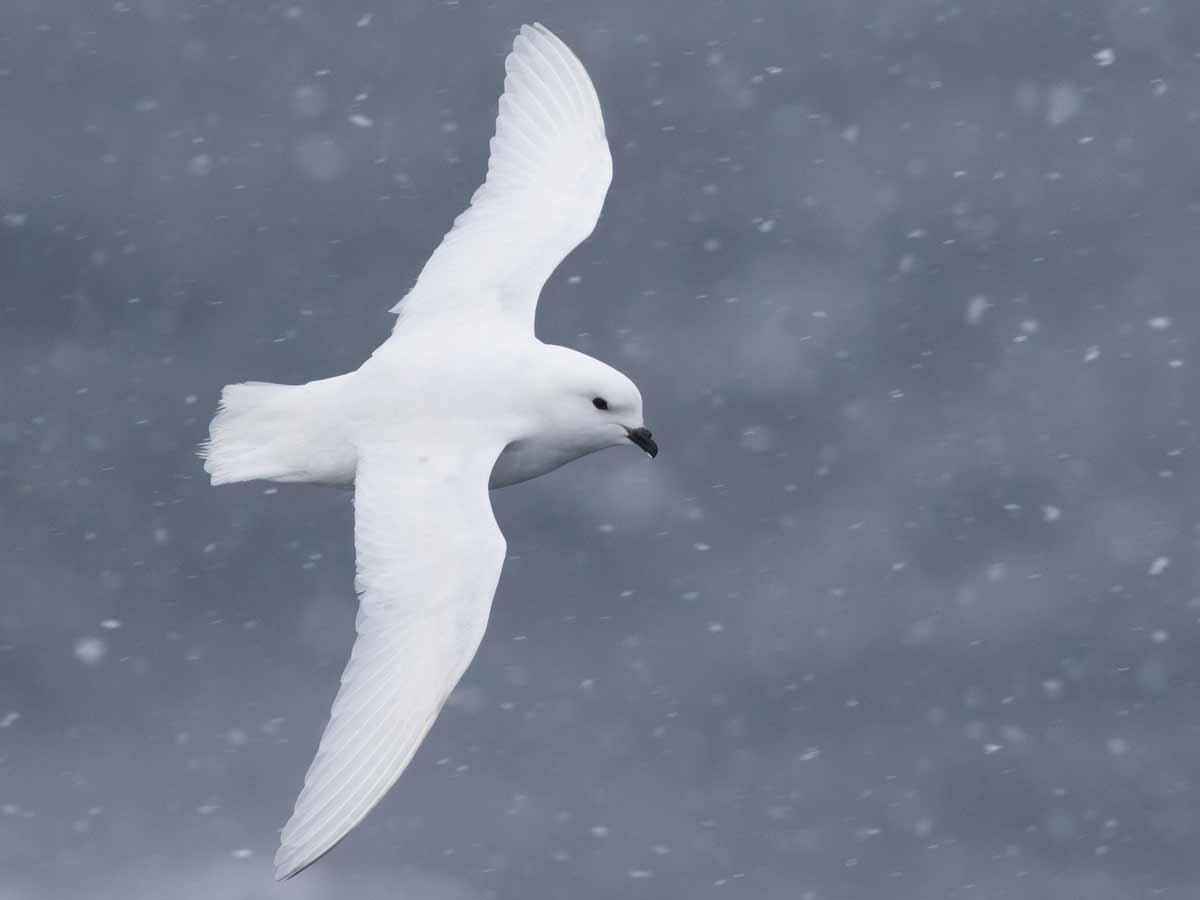
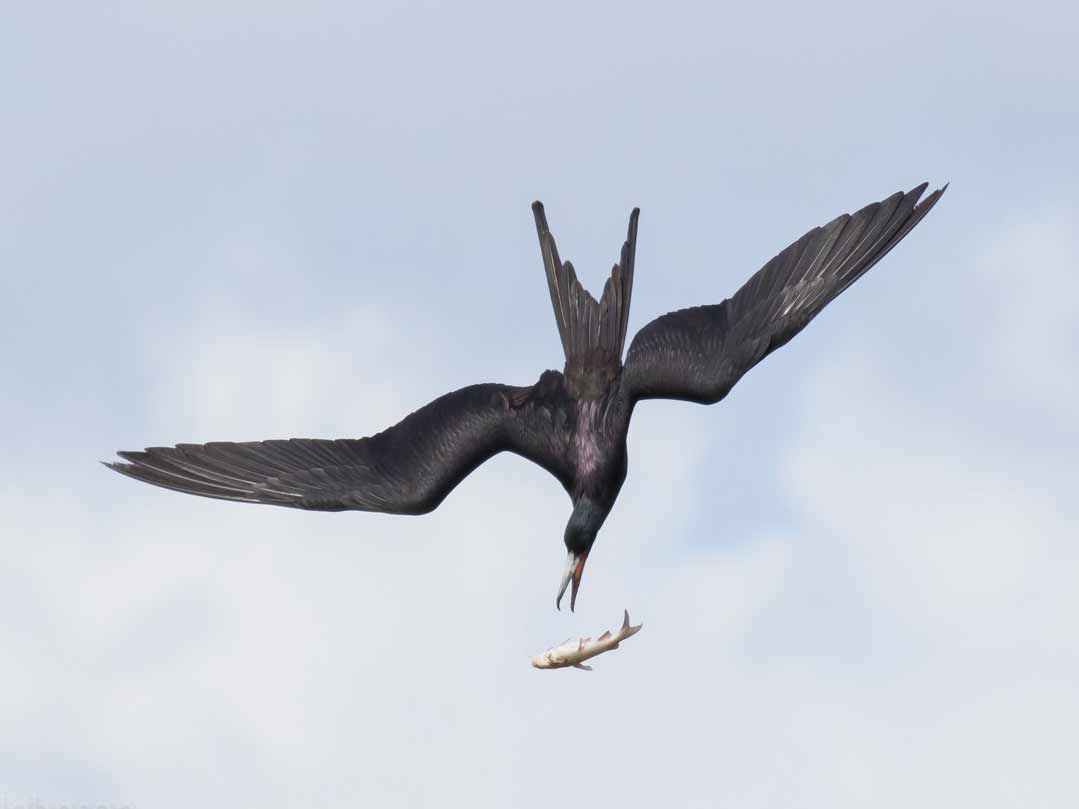
Frontiers of Identification
Birding is about noticing details—it’s what brings a sense of discovery and possibility to every trip outside. Tom’s eye for detail was unparalleled, and his ability to key in on nearly invisible differences or irregularities meant he often noticed rare birds that others might have passed by. Imagine watching a swooping swallow and realizing it was not a Cliff Swallow, nor the similar Cave Swallow, but a hybrid of the two? Or standing on a beach in Nome, Alaska, and picking through a hundred White-winged Scoters to find five nearly identical Stejneger’s Scoters. Tom’s eBird checklist illustrates that finely tuned eye, noting the Stejneger’s different head shape, eye blaze, and flank color. (While also noting, with characteristic enthusiasm, that the sighting was “highly awesome.”)
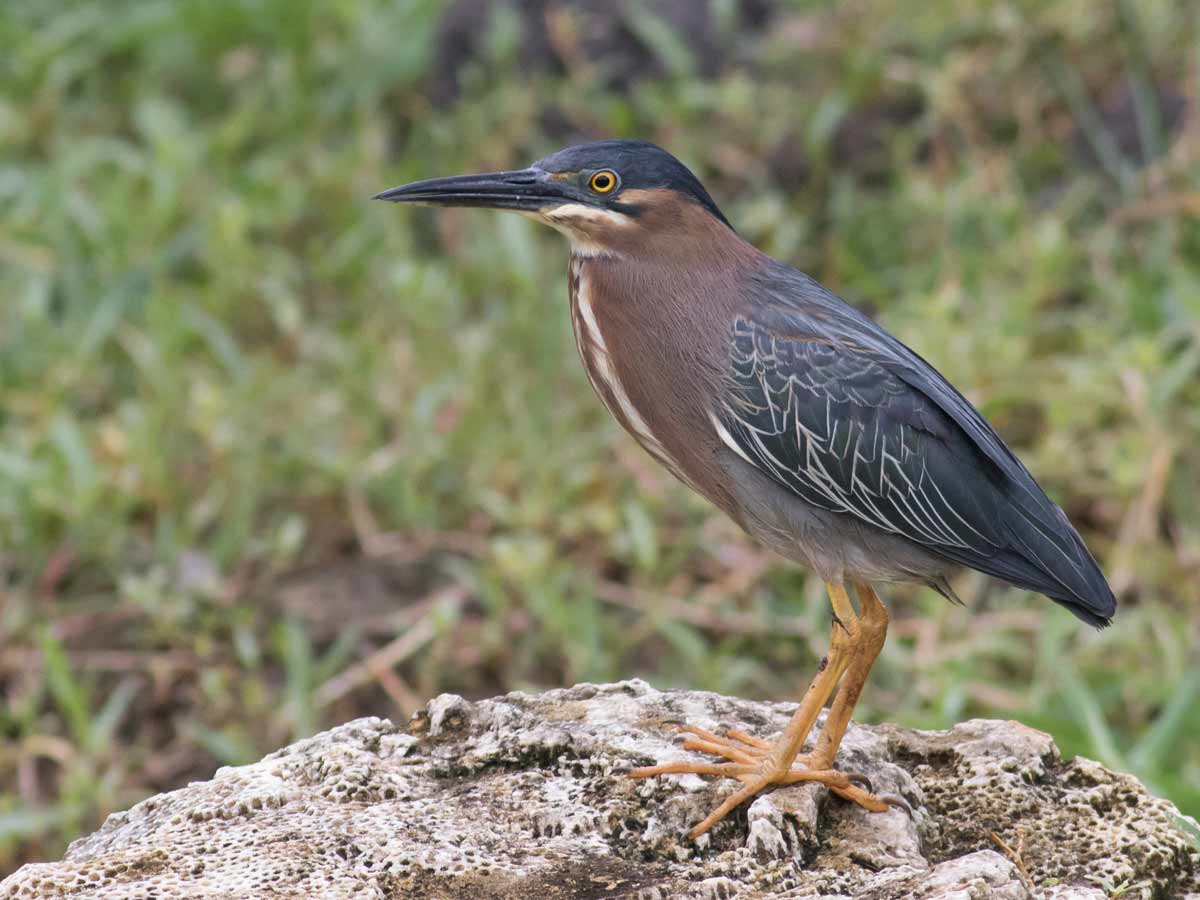
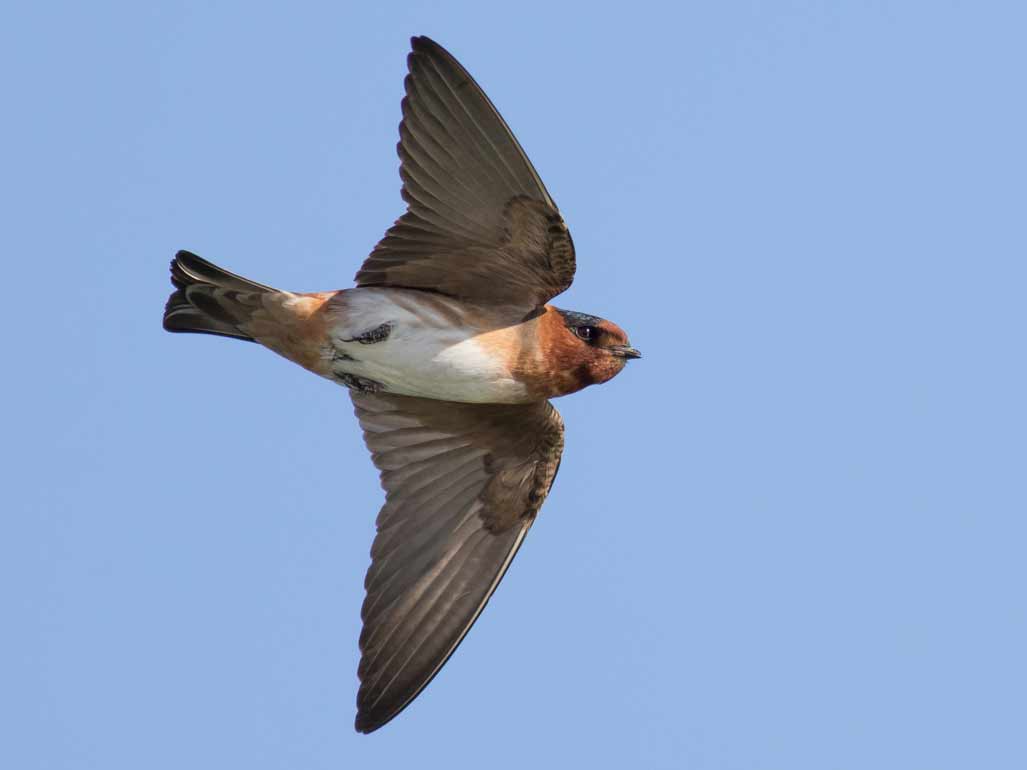
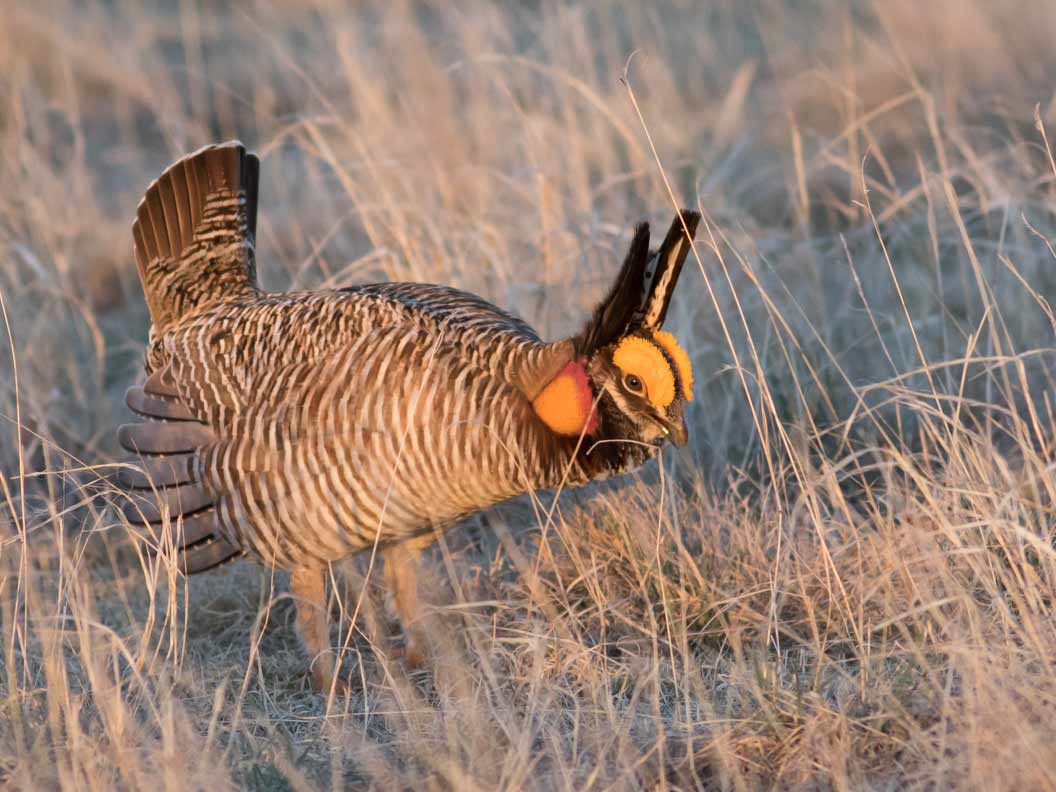
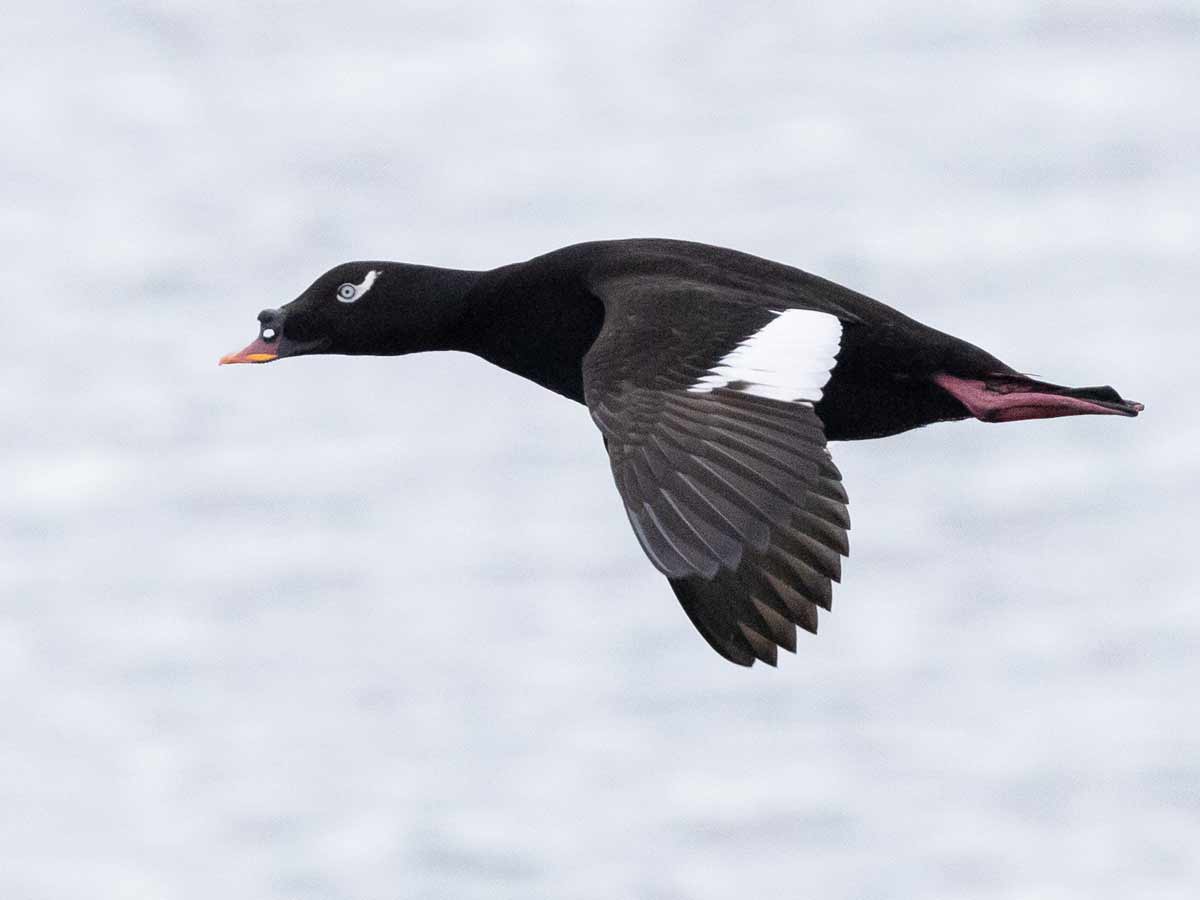
A World of Ability
Tom spent nearly 10 years guiding birding tours for Field Guides, traveling to at least 15 countries on some 120 trips (read a remembrance from Field Guides). In his 35 years, he amassed a tremendous store of knowledge and experience that he shared with anyone in his warm and encouraging way.
“The fields of ornithology and birding combined have suffered a massive loss,” says Sullivan, “as Tom was one of the rare people who had the mix of skills needed to break down the boundaries between these two worlds—he deftly communicated the magic of birds and the power of science to anyone in his path.” Tom had a breadth of knowledge and enthusiasm that spanned from the tropics to the poles.
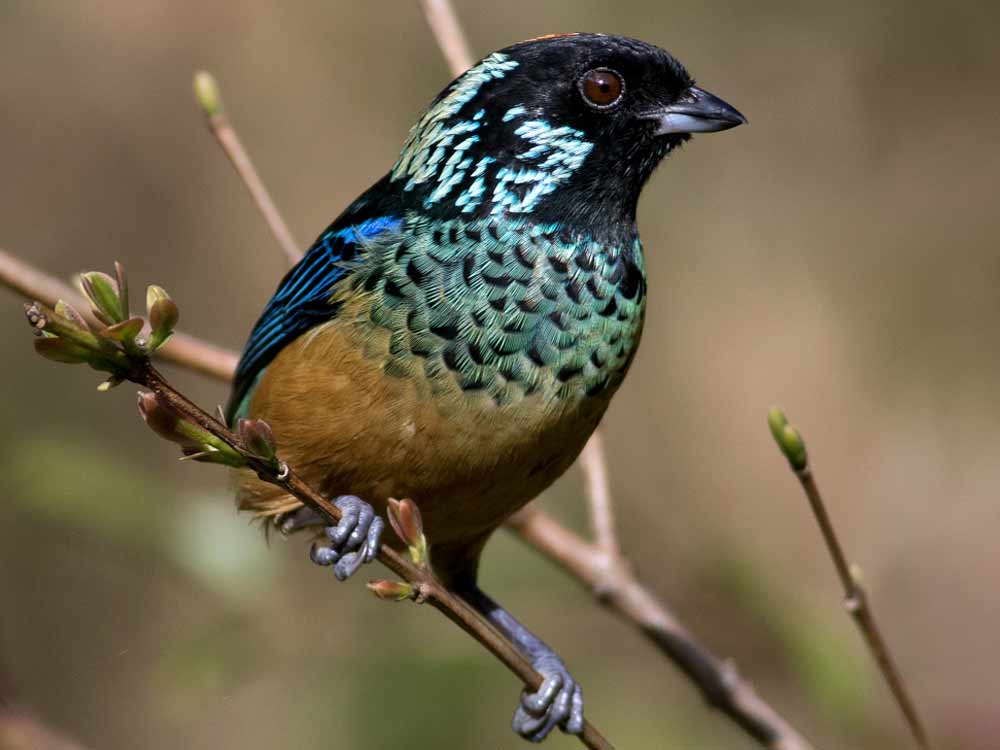
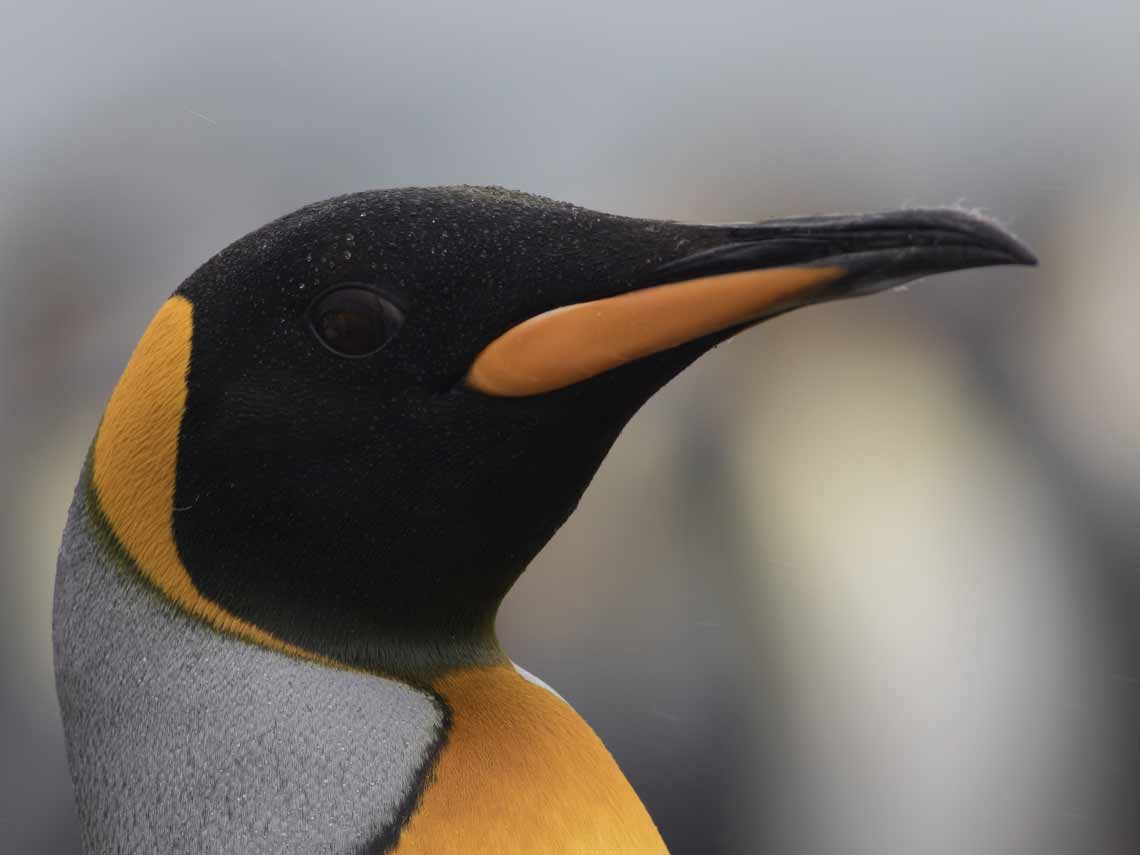
One of the great privileges of working at the Cornell Lab is the opportunity to spend time with so many talented young birders and ornithologists who come here to study. Tom was one of the very brightest, and we all assumed that we’d be learning from him for decades to come. We are grateful for the time we had with Tom, and we join with his family, friends, and the wider birding community in remembering his life.

All About Birds
is a free resource
Available for everyone,
funded by donors like you
American Kestrel by Blair Dudeck / Macaulay Library
